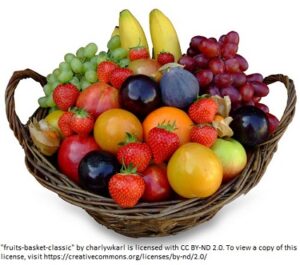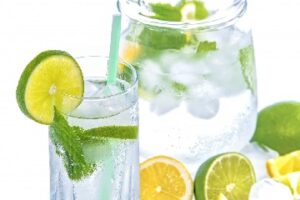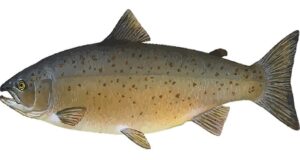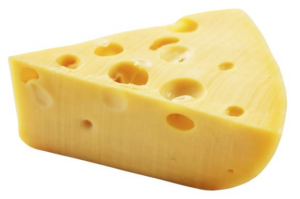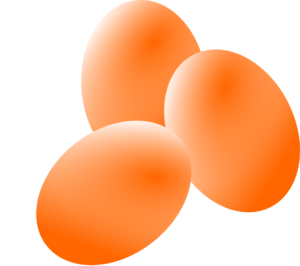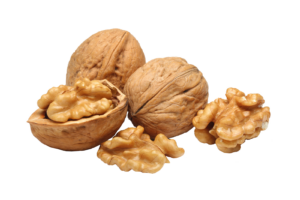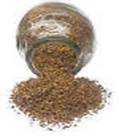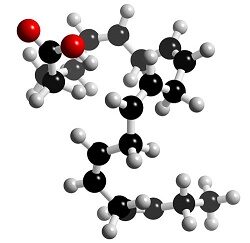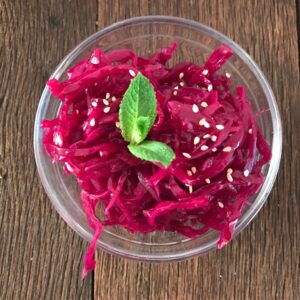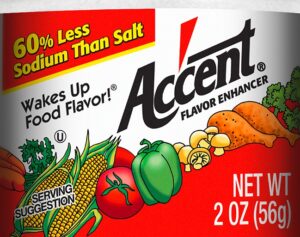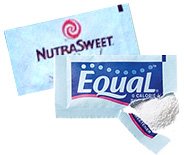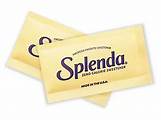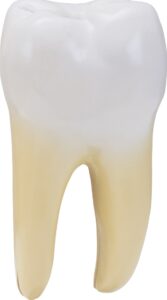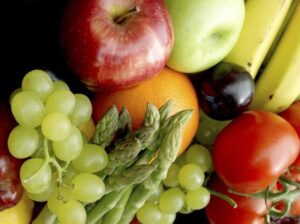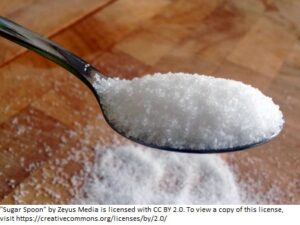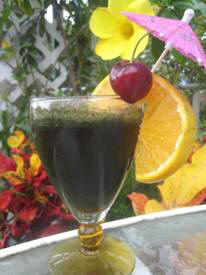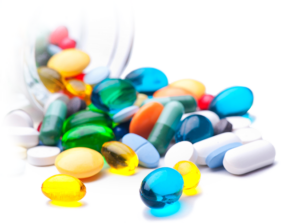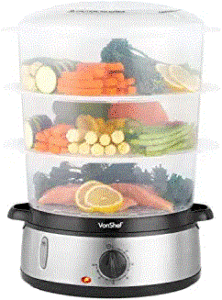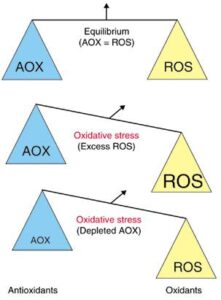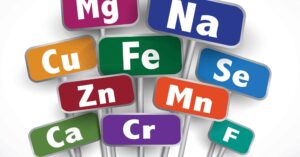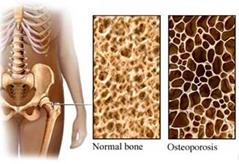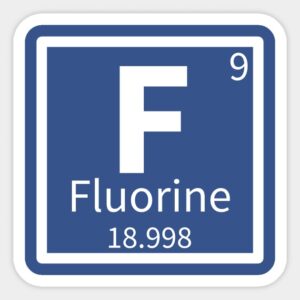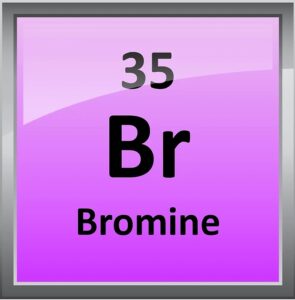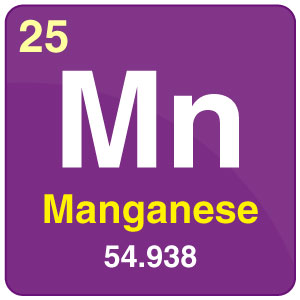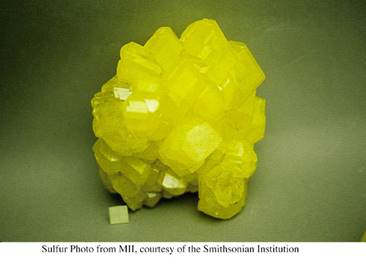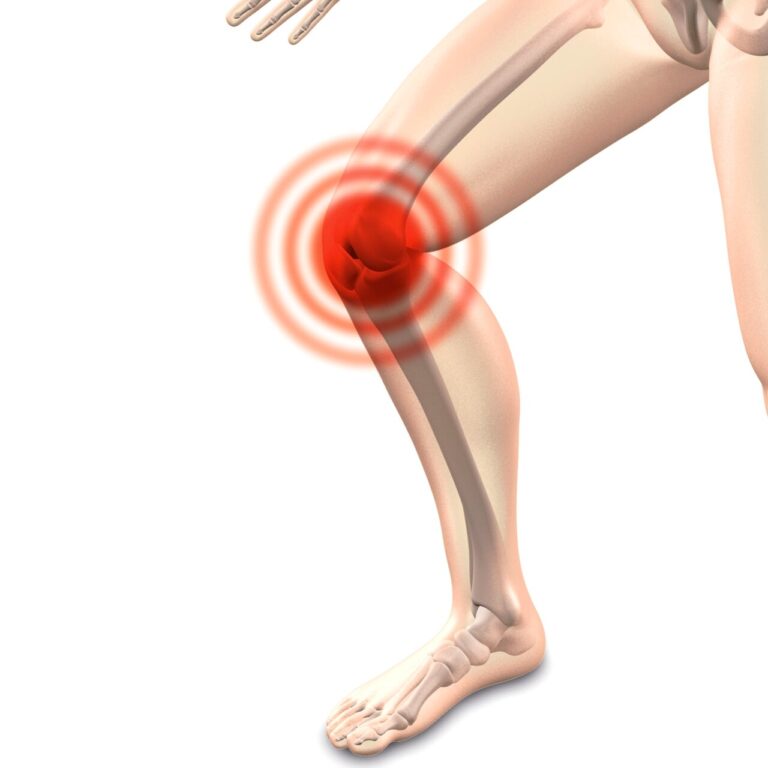
Selenium - Antioxidant GPX enzyme component +
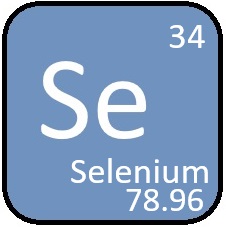
What does selenium do for us ?
Selenium is a trace mineral having a role in many body processes. Protects the thyroid gland during thyroid hormone production), reproduction, DNA production, anti-infection.
- Selenium is a support nutrient for body’s in-house-produced antioxidant glutathione peroxidase (GPX) enzymes. These enzymes protect the body’s cells and organs from oxidative damage by reactive oxygen species (free radicals). In particular, GPX enzymes reduce lipid hydroperoxides to their corresponding alcohols and reduce free hydrogen peroxide to water.
- Selenium is a perfect antidote for increasingly present mercury exposure. Mercury is now commonly present in the atmosphere, seafood, dental amalgams, mercury-laden vaccines, but Se’s affinity for mercury also strips the body of its precious selenium stores.
Selenium-containing foods
The body can store some selenium. Mostly in skeletal muscles.
Selenium-Rich Foods |
||
| Food | Serving size | Selenium (µg) |
| Brazil nuts | 2 | 100 |
| Yellowfin tuna Halibut |
3 oz | 92 47 |
| Sardines (canned) | 3 oz | 45 |
| Grass-fed beef | 3 oz | 33 |
| Turkey | 3 oz | 31 |
| Beef liver | 3 oz | 28 |
| Chicken | 3 oz | 22 |
| Egg | 1 large | 15 |
Recommended daily amounts of selenium (NIH)
Supplemental forms: include zinc gluconate, zinc sulfate, and zinc acetate. Normal daily recommended intakes (not RDA) for zinc are as follows:
| Persons | Selenium (mcg) |
| Infants and children birth to 3 years of age | 15-20 |
| Children 4 to 8 years of age | 30 |
| Children 9 to 13 years of age | 40 |
| Adolescent /Adult males | 55 |
| Adolescent /Adult females | 55 |
| Pregnant females | 60 |
| Breast-feeding females | 70 |
Upper limit for adolescents / adults is 400 mcg/day.
Excessive selenium intake can lead to: bad breath, nausea, diarrhea, rashes, irritability, metallic taste in mouth, teeth discoloration, brittle hair / nails, hair loss.




